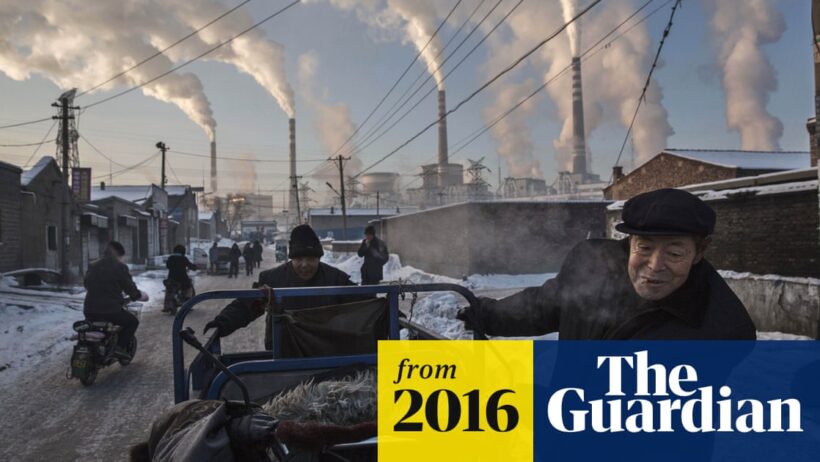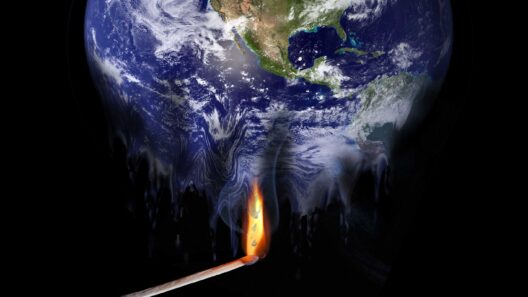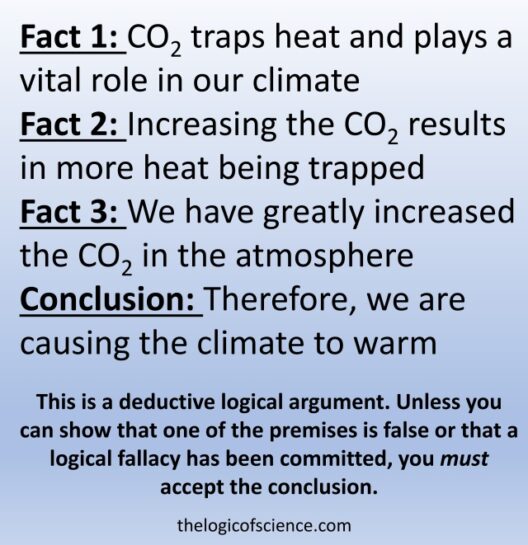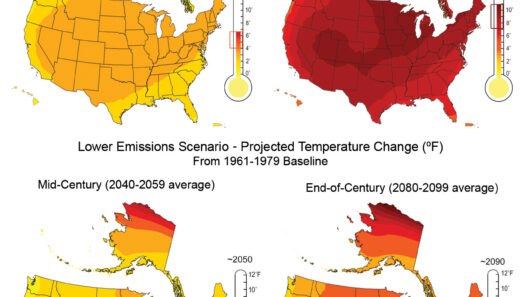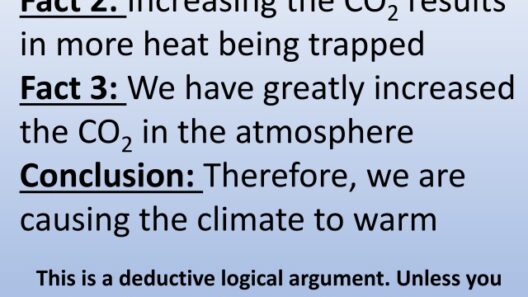Global warming is not merely a fleeting concern or a headline that flickers across digital screens; it represents an existential specter that looms ever closer. Humanity finds itself at a critical juncture, dangling precariously at the precipice of irreversible climate shifts. This phenomenon, primarily driven by anthropogenic activities, raises a pivotal inquiry: will global warming end the world as we know it? To comprehend this daunting question, one must traverse the intricate tapestry of consequences woven by our changing climate.
Imagine Earth as a finely-tuned orchestra, where each instrument plays a crucial role in producing harmonious symphonies of life. Yet, as the temperature rises, sections of this orchestra begin to fall out of tune. The consequences of global warming manifest in various forms—a cacophony of environmental upheaval that disrupts the delicate balance of ecosystems. The metaphor of an orchestra is fitting; the consequences of climate change reverberate through the natural world and echo back to humanity, creating a dissonance that threatens our very existence.
One of the most palpable outcomes of rising global temperatures is the melting of polar ice caps. The Arctic and Antarctic, once steadfast fortresses of ice, are now facing unprecedented rates of melting due to warming temperatures. These colossal ice sheets, akin to ancient sentinels, are critical for maintaining the planet’s temperature. As they melt, they unveil a darker reality—a rise in sea levels that can inundate coastal cities and displace millions. The metaphorical floodgates of climate disaster loom ominously on the horizon.
Moreover, the melting ice does not merely symbolize rising waters; it represents the unlocking of ancient carbon reserves. Beneath the frost lies a treasure trove of greenhouse gases, previously trapped and dormant. As permafrost thaws, methane and carbon dioxide escape into the atmosphere, exacerbating the greenhouse effect. This chain reaction can be likened to a double-edged sword—each drop of thawing ice cuts deeper into the fabric of climate stability.
As temperatures rise, the biosphere faces dire repercussions. Ecosystems are not abstract entities; they are complex networks of interdependence. When temperatures spike, species struggle to adapt. Coral reefs, the vibrant underwater metropolises, are especially vulnerable. As ocean temperatures rise, these ecosystems bleach and die off, sending shockwaves through marine biodiversity. The ongoing destruction of these natural wonders is akin to a painter’s canvas fading into obscurity—once vivid and teeming with life, it becomes a ghost of its former self.
We must also confront the specter of food security in the face of climate change. Agricultural systems, like a fragile house of cards, teeter at the mercy of shifting temperatures and erratic weather patterns. Prolonged droughts, intense storms, and altered rainfall patterns threaten crop yields. The grim prospect of famine looms larger as millions may find themselves grappling with food scarcity. This is not merely a future concern; it is a present reality for many around the world.
Water scarcity emerges as another formidable consequence of global warming. Access to clean water is essential for survival, and climate change disrupts this vital resource. Diminished snowpacks, receding glaciers, and changing precipitation patterns lead to a precarious equilibrium that affects millions. Water, once abundant like the rivers that carve through valleys, now becomes a precious commodity, bartered and fought over as populations swell and climates shift.
The socio-political consequences of climate change cannot be overstated. As resources become scarcer, tensions will inevitably rise. Migration patterns will shift, as people flee unlivable conditions in search of safety and stability. The world may witness conflicts and disputes over land, water, and resources reminiscent of ancient rivalries. The metaphor transforms; humanity becomes a ship adrift on turbulent seas, where the waves of desperation threaten to capsize the fragile vessel of civilization.
To consider the prospect of global warming ending the world invokes images of abandonment and despair. Yet within this somber narrative, there lies an opportunity—a call to action. The tale is not yet over; the final chapters remain unwritten. Each individual has the power to influence the trajectory of climate change. The metaphor of a carpenter shaping a piece of wood is apt—each action taken to mitigate climate change is a stroke of the chisel, transforming that wood into a masterpiece of sustainability.
Innovations in renewable energy, reforestation efforts, and sustainable agricultural practices serve as not just solutions but lifelines to a world on the brink. Collective action can curtail the impending catastrophes; it is akin to a choir harmonizing to restore melody to the disrupted orchestra. By championing eco-friendly practices and demanding policy changes, humanity can stave off the dissonance created by climate change.
In closing, the question of whether global warming will end the world is layered and profound. The answer resides not only in scientific projections but within the collective choices of humanity. The road ahead is fraught with peril, yet it is also paved with possibilities for redemption. By recognizing the urgency of the situation and banding together to forge a path towards sustainability, we can transform the specter of global warming into a narrative of resilience and hope—an ultimate triumph in the face of seemingly insurmountable odds.



